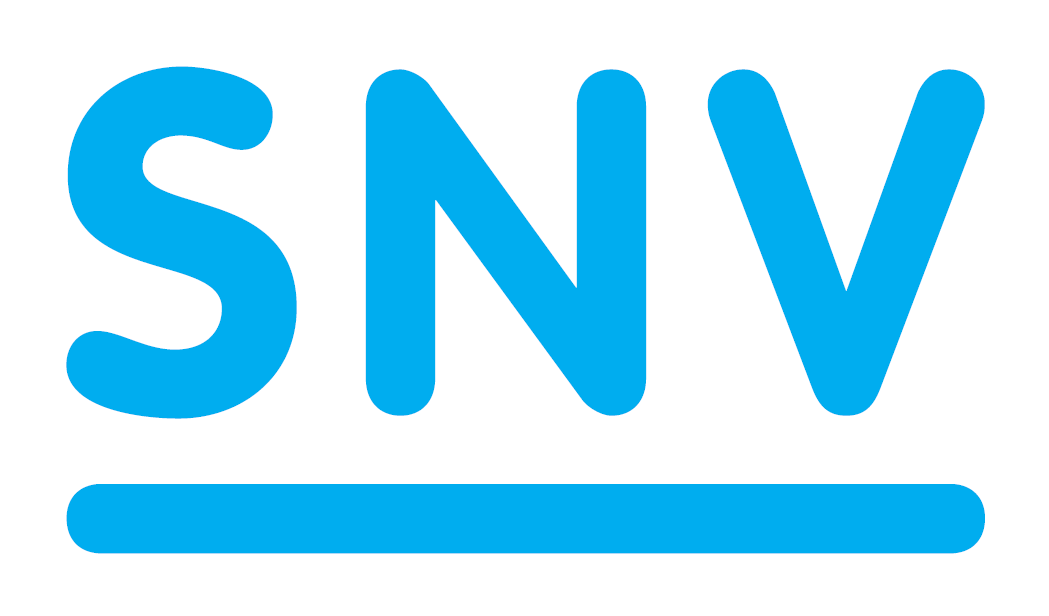Sustainable Oil Palm Farming / Harvesting, grading, transport—Background
| |
Download: Module 2: Harvesting, Grading, Transport
Contents
[hide]What determines the income of an oil palm farmer?
The income of an oil palm farmer is determined by a number of factors. These are:
- The amount of fresh fruit bunches (FFB) produced. Usually this is about 1—2 tonnes per hectare per month, or 15—25 tonnes per hectare per year.
- The ripeness and quality of the bunches. A lower price will be paid for unripe bunches, overripe bunches, damaged bunches, very small bunches, and bunches with a long stalk.
- The quality of the oil, in particular the concentration of ‘free fatty acids’ (FFAs) that make the oil go rancid. If the bunches are harvested too late, or if they are left by the roadside for more than 24 hours, the concentration of free fatty acids will increase beyond what is acceptable on the international market. The maximum concentration of free fatty acids in the oil is 5%.
- The oil extraction rate (OER) of the fresh fruit bunches, which is the quantity of oil that the mill can get out of the fruit bunches. The usual oil extraction rate for a ripe tenera bunch from a mature tree is between 22—24 percent, or 220—240 kg of oil per tonne of fresh fruit bunches. Dura bunches, unripe bunches, small bunches, and damaged bunches contain less oil. Long stalks soak up the oil and therefore reduce the oil extraction rate.
- Other factors beyond the direct control of the farmer, such as:
- - The fresh fruit bunch price as set monthly by the government;
- - The relationship between the farmer or cooperative and the mill;
- - The presence of traders or middlemen who take a share of the profit;
- - The distance between the plantation and the mill
- - The quality of the road;
- - How many fresh fruit bunches the mill receives (in peak season, the prices go down).
What are good harvesting practices?
Good harvesting practices are practices that result in large quantities of fresh fruit bunches harvested, high oil extraction rates, and good quality oil. Good harvesting practices include:
- Harvesting using correct procedures (frond cutting, bunch cutting);
- Harvesting only ripe bunches;
- Good and fast transport of the bunches to the mill;
- Limited loss of loose fruits in the field or during transport (loose fruits have an oil content of more than 40 percent!)
The free fatty acid content will be less than 5% if harvesting standards are followed; in particular it is important to ensure fast transportation to the mill and harvesting fruit at the correct ripeness.
For good transportation, the roads need to be maintained. While road maintenance can require large investments, bad conditions can make transportation of the harvest slow and more expensive. To avoid loss of fruit bunches or oil quality during its transport to the mill, the cooperatives, farmer groups or traders should set clear rules which include:
- Quality of the truck;
- Speed of transportation;
- Covering of full trucks with a net.
How does the government calculate the price for fresh fruit bunches?
The Indonesian government uses the following formula to calculate the oil palm fresh fruit bunch price:
PFFB = k×((PCPO × OER) + (PPKO × OERK))
| Key:
PFFB = Price of fresh fruit bunches at the mill gate; |
The price is different for bunches from plantations of different age, because bunches from older palms contain more oil (so the OER is higher) than bunches from younger palms.
| Example of how the price of a fresh fruit bunch is calculated.
If we assume that:
Then the fresh fruit bunch price is: 0.5 x ((775 x 0.23) + (850 x 0.04)) = 106 US$/tonne, or: ~1.3 million IDR/tonne If k would be 0.75, then the fresh fruit bunch price is 159 US$/tonne, or ~1.9 million IDR/tonne. |
Acknowledgements
The material from Harvesting, grading, transport—Background is sourced from Smallholder Oil Palm Handbook and put together by Lotte Suzanne Woittiez (Wageningen Universit) and Haryono Sadikin, Sri Turhina, Hidayat Dani, Tri Purba Dukan, and Hans Smit (SNV) in August 2016. See Module 2: Harvesting, Grading, Transport for more information.




